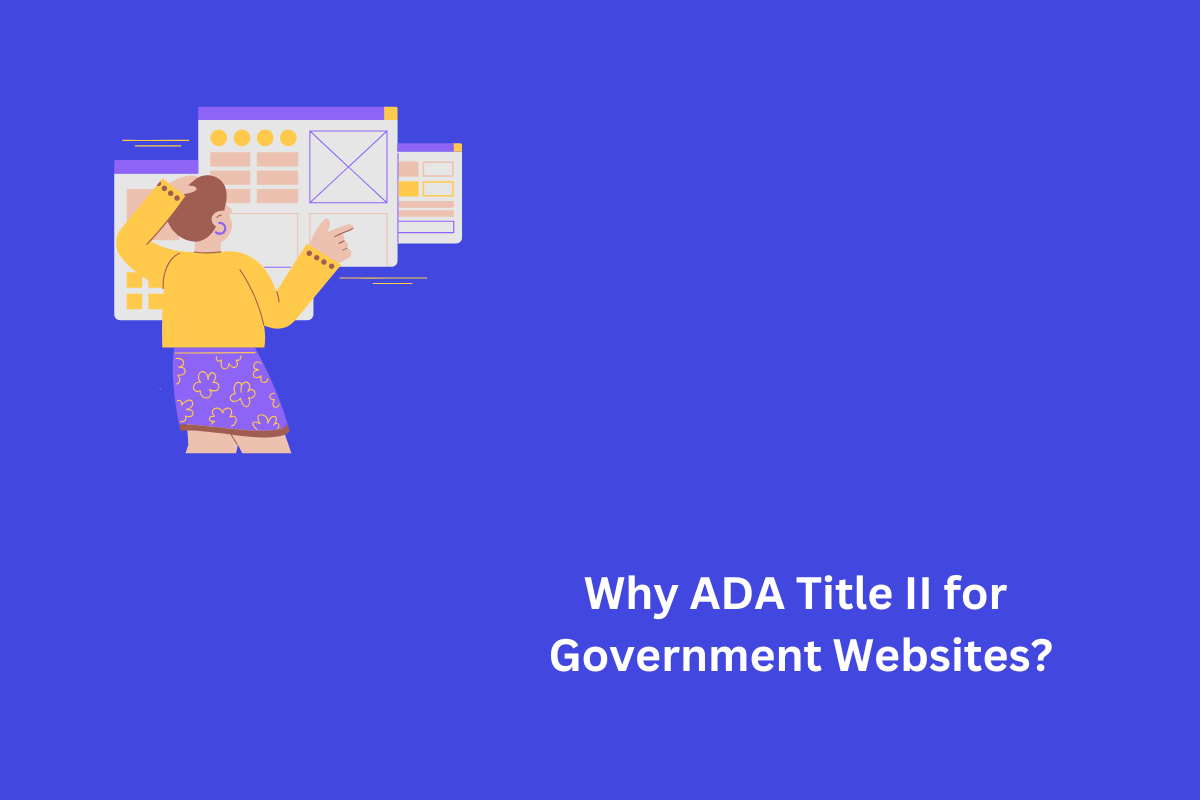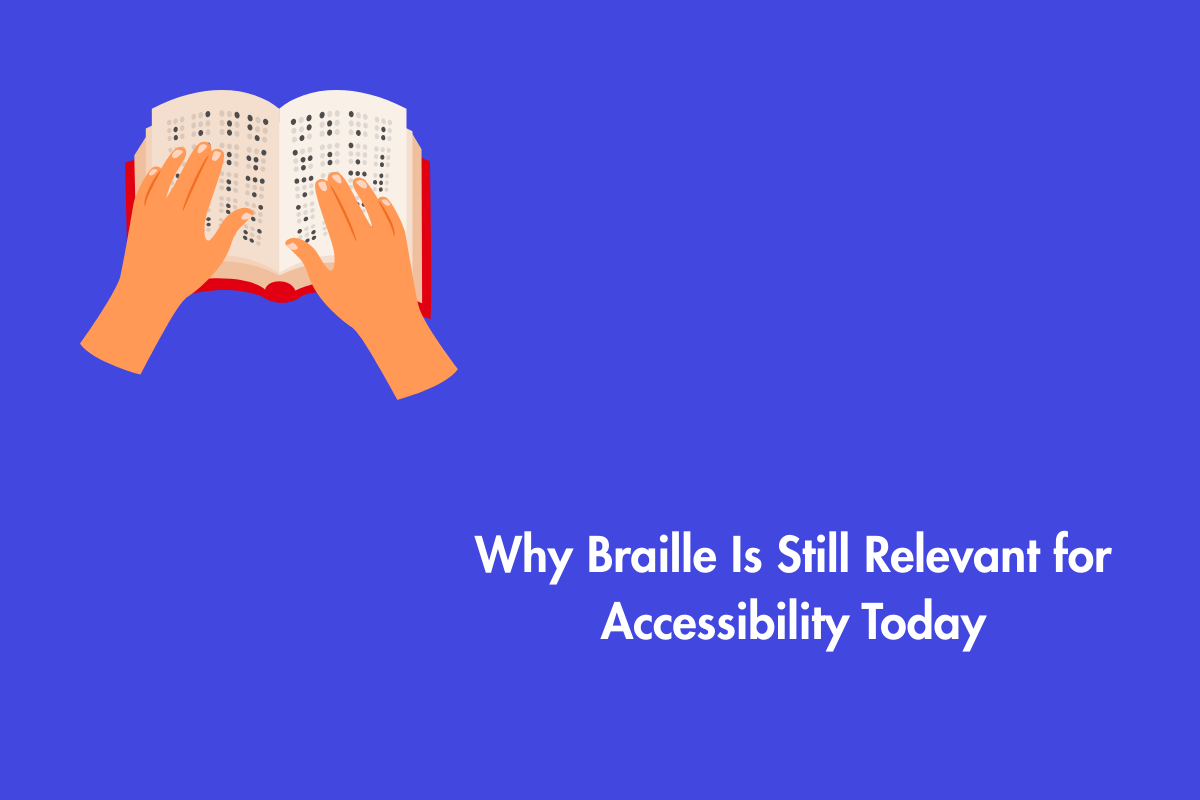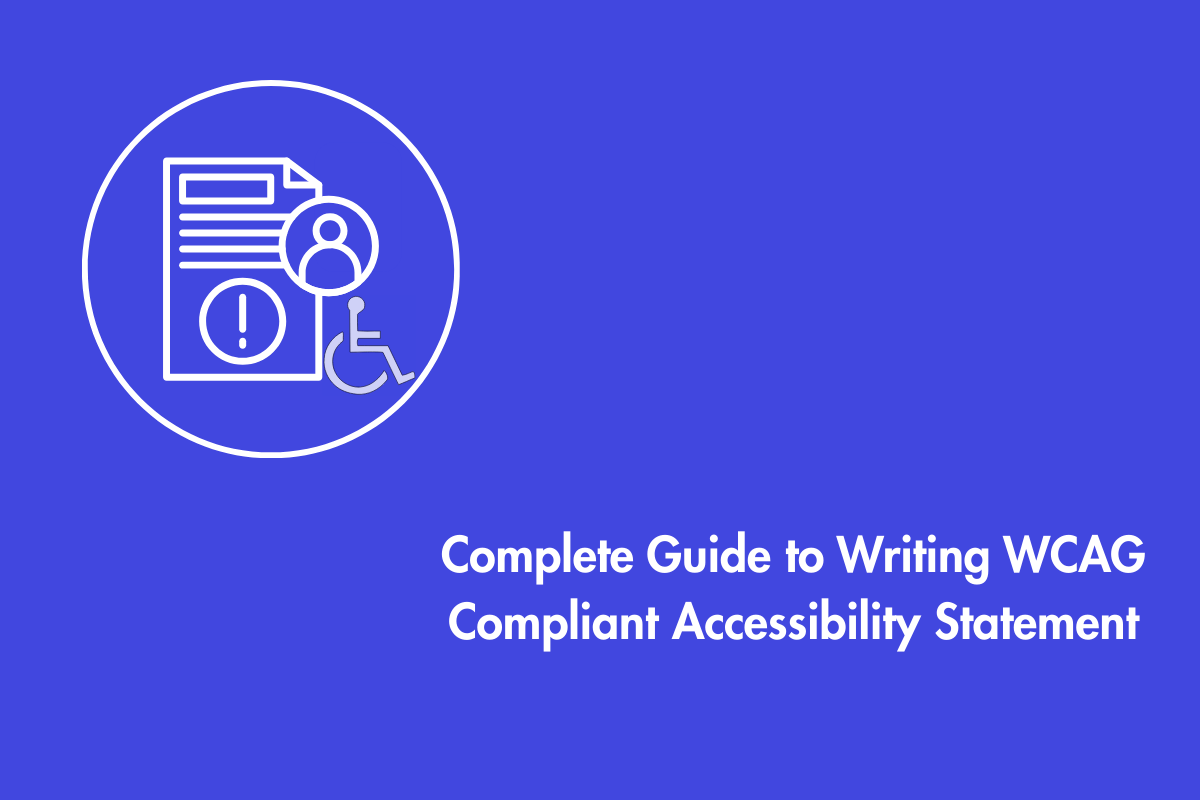Your employer provides a PDF for you to use in creating a presentation, but the PDF includes several merged texts that make it unreadable. Frustrating, isn’t it? This is only one example of the problems faced by people with disabilities while using non-compliant or inaccessible websites. Furthermore, if they encounter accessibility issues on a government website, it can severely impact their lives. In this blog, we will explore brief topics related to ADA Title II and its impact.
Table of Contents
What is the ADA and Title II?
The Americans with Disabilities Act (ADA), enacted in 1990, is a landmark civil rights law that prohibits discrimination against individuals with disabilities. Initially, the ADA focused on ensuring accessibility in physical spaces such as public buildings and transportation systems.
As technology evolved, the law’s interpretation expanded to cover digital environments, including websites and online services. Common website accessibility barriers include low color contrast, reliance on color alone, missing image alt text, lack of video captions, inaccessible forms, and no keyboard navigation support for users with disabilities.
Title II of the ADA mandates that state and local governments must provide individuals with disabilities an equal opportunity to access and benefit from all their programs, services, and activities. They cannot exclude people with disabilities from participation or require them to use separate programs from those offered to others.
Understanding Recent ADA Title II Changes
Websites and mobile apps that aren’t accessible can create significant barriers for people with disabilities, preventing them from accessing essential government services, such as requesting mail-in ballots or obtaining tax information, that are otherwise easily available to the general public online.
Web accessibility is a priority for the Department of Justice (DOJ). It has resolved multiple cases under Titles II and III of the ADA involving inaccessible websites and digital services. Agreements were reached with cities, universities, and companies like H&R Block, Rite Aid, and Peapod to improve accessibility in web content, learning platforms, forms, and online services.
In April 2024, the DOJ issued a final rule mandating WCAG 2.1 Level AA compliance for state and local government websites and mobile apps. Larger entities must comply by April 2026, while smaller organizations and special districts have until April 2027 to meet the requirements.
The regulations cover all digital content, including websites, mobile applications, and social media platforms. Accessibility must meet the standards set by WCAG 2.1 Levels A and AA. This also applies to third-party digital content provided on behalf of government entities. The Department of Justice highlights that compliance enhances both public services and overall government functionality. Standards based on WCAG 2.0, such as those under Section 508, are no longer considered adequate. The DOJ has the authority to enforce these rules and take action against entities that fail to comply
This rule provides clarity and formalizes the requirement for digital accessibility based on WCAG 2.1 AA. This updated standard addresses a broader range of disabilities. Governments must ensure their efforts align with this more comprehensive standard. The responsibility for third-party content accessibility impacts procurement and vendor management.
Legal and Reputational Risks of Ignoring Accessibility
Overlooking web accessibility and non-compliance with ADA standards could lead to major legal and reputation risks for government bodies. including fines of up to $75,000 for a first violation and $150,000 for repeat offenses. The Department of Justice (DOJ) has the authority to file civil lawsuits against organizations that do not meet accessibility requirements, and individuals are increasingly filing their own lawsuits, a trend that continues to grow
Beyond financial penalties, poor accessibility can severely damage public trust and stain an organization’s reputation. The rising number of web accessibility lawsuits reflects growing public awareness of digital inclusion.
Legal challenges can come from both the enforcement by the DOJ and private legal proceedings. A significant threat for government bodies is reputational damage, which can greatly decrease public trust greatly.
What Actions Should State and Local Governments Take Now?
Creating a structured digital accessibility compliance strategy is crucial for government agencies. Here’s a foundational checklist to guide the process:
- Catalog Digital Assets: Begin by inventorying all digital resources—this includes websites, mobile applications, documents, and any third-party tools or platforms in use.
- Conduct a Comprehensive Accessibility Audit (WCAG 2.1 AA): Go beyond automated scans. Combine automated testing with manual expert reviews and assistive technology testing, since automated tools typically miss 60–70% of accessibility issues.
- Prioritize Issues and Develop a Remediation Plan: Use audit results to build a phased and actionable plan, focusing first on the most critical barriers.
- Implement Policy and Governance Structures: Establish and publish an official accessibility statement. Create internal governance policies, including accessible procurement procedures tailored for government use.
- Train Staff and Update Procurement Practices: Provide accessibility training for all relevant staff. Revise RFPs and vendor contracts to require WCAG 2.1 AA compliance.
- Select the Right Partners: Engage experienced accessibility professionals who can deliver detailed audits and strategic guidance.
In addition, other best practices include prioritizing popular content, engaging users with disabilities, and working with expert consultants.
Establish policies, update vendor contracts, publish a website statement, streamline platforms, and treat accessibility as an ongoing, long-term commitment.
Benefits of Accessible Government Websites
Accessible state and local government services promote inclusivity, minimize legal risks (such as ADA-related lawsuits over website accessibility), enhance public trust, broaden community reach, and improve operational efficiency.
Other Benefits include:
- Enables independent access for individuals with disabilities.
- Expands employment opportunities through accessible job postings and forms.
- Enhances public usability through clear language, logical navigation, and high color contrast.
- Improves government efficiency by reducing contact times and operating costs.
- Improves website quality and reduces future rework.
- Improves usability for all, including temporary impairments and older technology users.
- Potentially saves costs, allowing governments to allocate resources to other essential services.
Wrapping Up
In conclusion, we have explored about Americans with Disabilities Act (ADA) Title II and the new DOJ rule that requires state and local governments to meet WCAG 2.1 AA digital accessibility standards to ensure accessibility to all citizens, including those with disabilities.
Here are the deadlines to ensure accessibility for government websites and other above-mentioned digital assets set by the DOJ:
- April 24, 2026, for entities with populations of 50,000 or more
- April 26, 2027, for smaller entities.
Achieving this demands a proactive strategy that includes accessibility audits, remediation efforts, policy updates, and continuous monitoring. While the journey requires dedication, it leads to a more inclusive and legally compliant digital presence.
Contact us today to ensure your website is ADA compliant



